In India, where there is a tradition of patriarchal, interfering parenting, free-range parenting has come like a fresh breath of air with a rising number of new millennial parents rebelling against anxiety-driven, risk-averse child rearing writes Cynthia John, Mini P. & Khushboo Nehal Jashnani
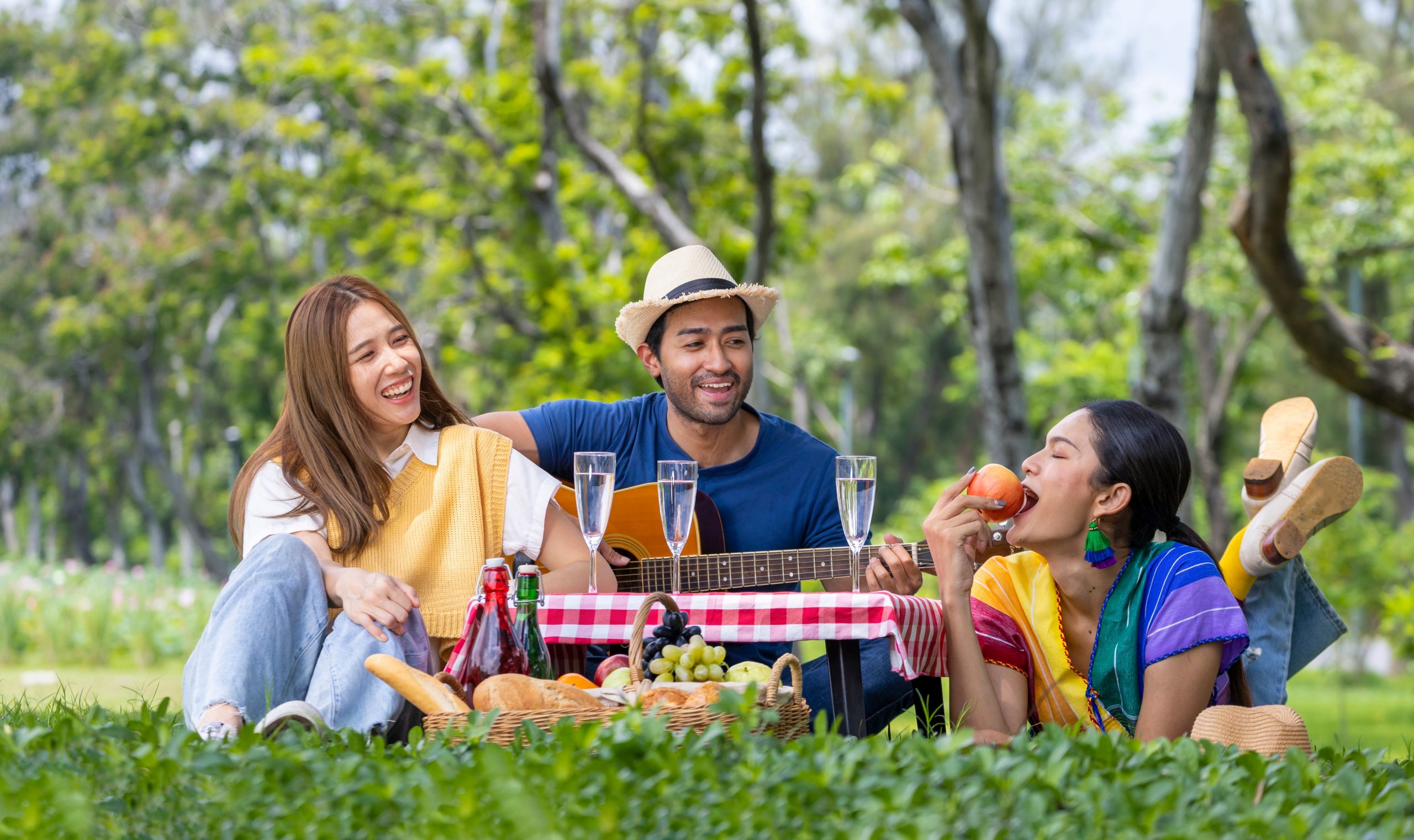
Which parenting style is the best? For new as well as experienced parents, the answer to this question has become more complex and confusing over time, especially in the disruptive Google age. In books, manuals, print and electronic media, Internet, social media and WhatsApp groups, there’s a flood of information and expert viewpoints on the pros and cons of differing parenting styles. Parents are being bombarded with advice on ideal parenting techniques to produce happy, confident and successful children. The most hotly debated are helicopter, authoritative, authoritarian, and free-range parenting.
Of them, free-range parenting — defined as “raising children in the spirit of encouraging them to function independently and with limited parental supervision” — has been attracting disproportionate public attention recently because of media reports of a spate of law suits filed against parents practising this parenting style. In the US, parents have been charged with neglect and endangerment for permitting their children to engage in everyday activities — such as walking to school, bicycling in the streets, playing in the park — without adult supervision.
This has provoked a backlash against official clampdown by free-range parenting proponents. In 2018, the American State of Utah passed the Free-Range Parenting Bill redefining “neglect” to exclude allowing children “of sufficient age and maturity” to walk or bike to school, engage in outdoor play, remain home unattended, or “engage in similar independent activity.”
The term ‘free-range parenting’ was coined by Lenore Skenazy, a US-based former columnist who wrote about letting her nine-year-old son ride the New York subway system unaccompanied — commonplace in Japan, India and other countries. A case of “neglect” was filed against Skenazy with the media dubbing her as “America’s worst mother”.
This experience prompted her to write a book Free-Range Kids, Giving Our Children the Freedom We Had Without Going Nuts with Worry (2009). In this book, she enumerates the benefits of parents giving children autonomy with responsibility. Now president of Let Grow, a non-profit organisation promoting childhood independence and autonomy, and founder of the Free-Range Kids movement, Skenazy stresses that free-range parenting isn’t about parental negligence, but about “allowing children the freedom and the opportunity to be kids”. Here are the main characteristics of free-range parenting:
- Parents allowing unscheduled activities. Rather than rushing children from violin lessons to soccer practice every day, free-range parents encourage unstructured play.
- Outdoor play is important. Free-range kids are encouraged to play outdoors, rather than use digital gadgets. Parents want their kids to be able to amuse themselves without technology — whether it’s playing in the garden or building a sand fort.
- Encouraging independence. Free-range parents allow kids to earn independence, and they’re granted increased freedom and responsibility gradually. The focus is on encouraging children to experiment and accomplish tasks independently.
- Free-range parents discourage fear. While, many of them enforce safety measures — like wearing a helmet while riding a bike — they also understand that accidents can happen anywhere. They allow their children to play on playgrounds and experiment with often dangerous sports and games — rugby, cricket, hockey, football, boxing — even though they may get hurt while playing them.
In India, where there is a tradition of patriarchal, interfering culture with parents micro-managing children’s daily activities and schedules, free-range parenting has come like a fresh breath of air with a rising number of children and parents rebelling against anxiety-driven, risk-averse child rearing.

“In India, there is a safety-first, risk averse parenting culture, with parents and/or caregivers supervising and controlling every activity of children. But this culture is changing. Double income new millennial parents living in nuclear families in cities are becoming aware of the importance of nurturing strong, independent, can-do children. They are allowing children — within safe neighbourhood zones — to cycle, walk to the grocery store or a friend’s house without adult supervision. Also giving them the freedom to make age-appropriate decisions. Teaching children to become independent is one of the most important gifts parents can give them. It teaches children to use their freedom responsibly, be autonomous, learn from inevitable mistakes and manage their lives,” says Joanna Priyadarshini Udaykumar, a research scholar pursuing a doctorate at Christ (Deemed to be University), on ‘Urban Parents and Children; Perspectives on the Quality of Parent-Child Play in Bengaluru city.’
There is a small but growing body of research suggesting that free-range children benefit by way of improved physical and mental health. For example, studies of children’s independent mobility (i.e, freedom to travel independently from adults) have shown linkages with mental and physical health. Beyond the benefits of mobility, proponents of free-range parenting say this style builds children’s problem-solving, decision-making skills and resilience. Moreover children gain in self-sufficiency, confidence and social skills.
On the other hand, several research studies suggest that children of helicopter, over-protective parents suffer behavioural problems in childhood, depression in adolescence, and increased anxiety in adulthood. A recent (2023) study by the Stanford Graduate School of Education found that parents who micromanage and over-regulate children’s activities do more harm than good. Especially for children engaged in managing ‘emotional tasks’, parents asking questions, making suggestions, corrections, offering further instruction, resulted in children suffering behavioural issues.
 Pradeepthi Vissamsetti, Hyderabad-based founder of Telugu Moms Network, which has over 29,000 members worldwide, concurs. “I grew up in India, where children are usually supervised by adults and restricted most of the time. My parenting style was similar with my children. But it totally changed when we moved to Germany, and I saw parents there encourage children to be independent. After we started giving our children independence, we discovered that their curiosity and sense of exploration was stimulated. They began talking to new people, learning from their mistakes and making informed decisions, and became more socially confident. Free-range parenting is not careless, permissive parenting. It’s parents balancing children’s independence with safety. My advice to parents is to calibrate free-range parenting to suit their child’s needs, capabilities, and maturity levels,” says Vissamsetti, mother of a teenage girl and eight-year-old boy, and also co-founder of Sahaja Foundation, a NGO working with adolescent children to arouse awareness about menstrual hygiene and cyber safety.
Pradeepthi Vissamsetti, Hyderabad-based founder of Telugu Moms Network, which has over 29,000 members worldwide, concurs. “I grew up in India, where children are usually supervised by adults and restricted most of the time. My parenting style was similar with my children. But it totally changed when we moved to Germany, and I saw parents there encourage children to be independent. After we started giving our children independence, we discovered that their curiosity and sense of exploration was stimulated. They began talking to new people, learning from their mistakes and making informed decisions, and became more socially confident. Free-range parenting is not careless, permissive parenting. It’s parents balancing children’s independence with safety. My advice to parents is to calibrate free-range parenting to suit their child’s needs, capabilities, and maturity levels,” says Vissamsetti, mother of a teenage girl and eight-year-old boy, and also co-founder of Sahaja Foundation, a NGO working with adolescent children to arouse awareness about menstrual hygiene and cyber safety.
According to Amy Webb, Ph D, parenting author, writing in familyeducation.com, free-range parents generally allow children plenty of time for unstructured play, encouraging them to explore playgrounds and parks without direct parental supervision, discourage use of digital technology, and provide opportunities for them to spend time outdoors in natural environments.
In the pages following we suggest three ways to practice free-range parenting — giving children greater freedom for unstructured outdoor play, encouraging unsupervised mobility and using the internet safely.
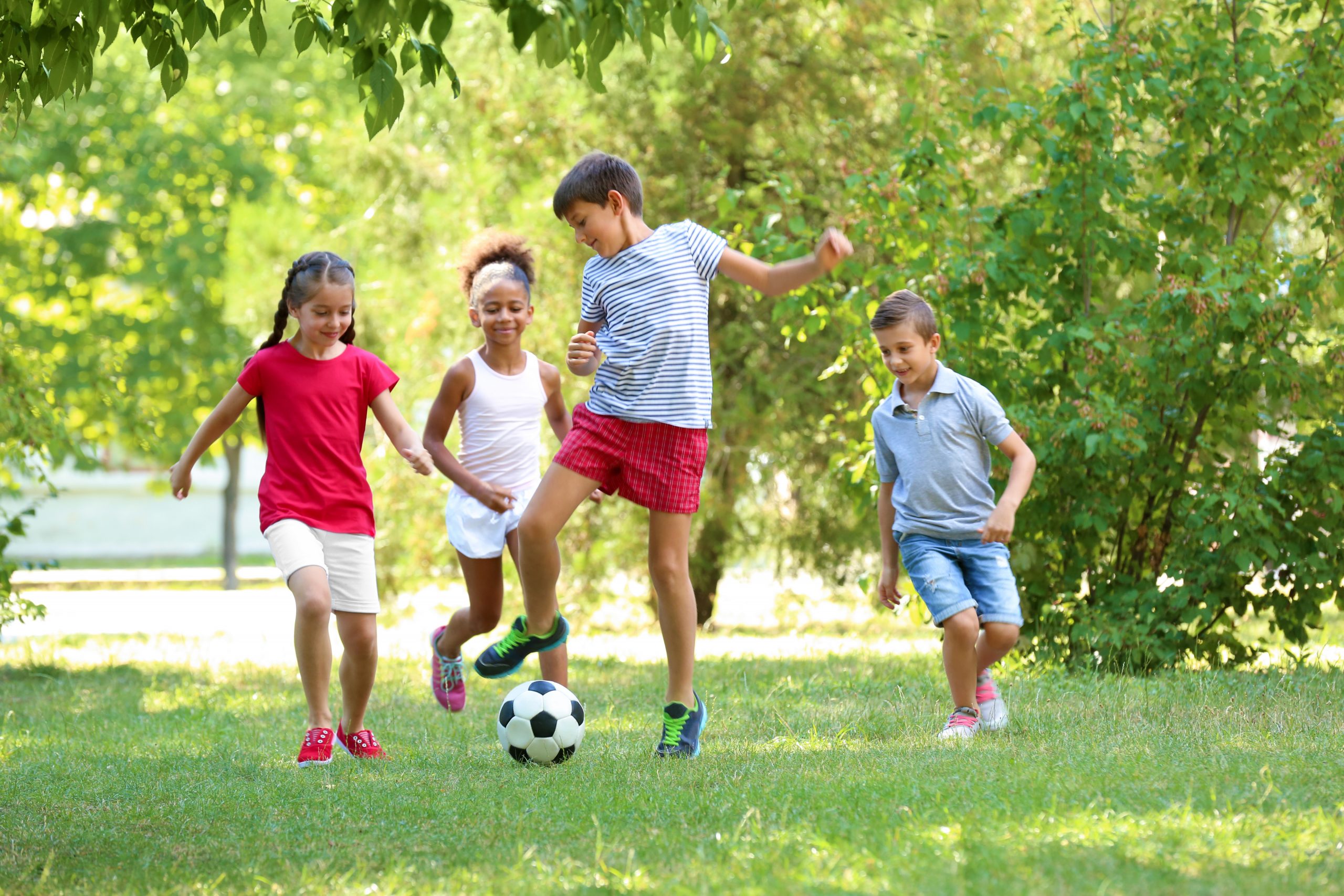 Encourage unstructured outdoor play. Many latter day parents are overly obsessed about children’s safety and restrict outdoor play activities. Activities such as playing with sand, stones and sticks, climbing trees and cycling in parks — de riguer activities of the 1970s-1980s — are prohibited by over-protective parents. In free-range parenting, children are encouraged to engage in outdoor, unstructured play unsupervised by adults.
Encourage unstructured outdoor play. Many latter day parents are overly obsessed about children’s safety and restrict outdoor play activities. Activities such as playing with sand, stones and sticks, climbing trees and cycling in parks — de riguer activities of the 1970s-1980s — are prohibited by over-protective parents. In free-range parenting, children are encouraged to engage in outdoor, unstructured play unsupervised by adults.
Angela Hanscop, a paediatric occupational therapist and author of Balanced and Barefoot: How Unrestricted Outdoor Play Makes for Strong, Confident, and Capable Children (2016), says that “outdoor play and unstructured freedom of movement are vital for children’s cognitive development, and ensure they grow into healthy, balanced, and resilient adults”.
“A majority of urban parents are not comfortable allowing children to play outdoors. While parents have legitimate reasons to worry about safety, children should not be deprived of free play in parks and natural environments. Moreover, there’s a trend among parents to enrol children in structured extra-curricular coaching classes leaving no time for free play. Allowing children time to engage in unplanned, unstructured activity is essential for realising their full potential,” says Joanna Priyadarshini Udaykumar (quoted earlier).
Freedom of mobility. Many urban children have never been unsupervised outdoors even to a neighbourhood grocery store, or walked home alone from school, or taken a bus/metro. Free-range parenting advocates emphasise that giving children age-appropriate freedom of mobility is critical to developing essential life skills. Overly safety conscious parents can use online trackers to keep track of children’s location at all times.
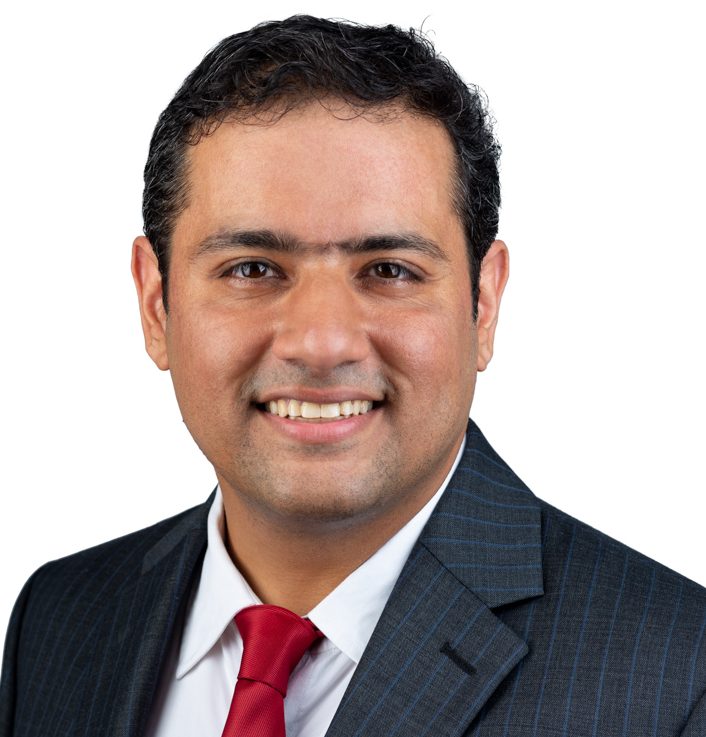 “During one of my counselling sessions, I was trying to get my teenage patient to improve her social skills. I asked her to take the metro for our next counselling session. This compelled her to make conversations with people and negotiate with an auto driver to reach my office. The simple act of giving her the independence — unsupervised by an adult — to commute enabled her to develop conversation, negotiation, decision making, and problem solving skills. Another 15-year-old patient loves that his parents allow him to take a cab alone. I believe that parents should stop molly-coddling children, especially adolescents who are on the cusp of adulthood. Parents need to give children the freedom and opportunity to explore the world while assuring them of their constant support,” says Rajat Soni, Delhi-based child and adolescent counsellor, and author of Un-judge your Teenager (2020).
“During one of my counselling sessions, I was trying to get my teenage patient to improve her social skills. I asked her to take the metro for our next counselling session. This compelled her to make conversations with people and negotiate with an auto driver to reach my office. The simple act of giving her the independence — unsupervised by an adult — to commute enabled her to develop conversation, negotiation, decision making, and problem solving skills. Another 15-year-old patient loves that his parents allow him to take a cab alone. I believe that parents should stop molly-coddling children, especially adolescents who are on the cusp of adulthood. Parents need to give children the freedom and opportunity to explore the world while assuring them of their constant support,” says Rajat Soni, Delhi-based child and adolescent counsellor, and author of Un-judge your Teenager (2020).
Give children freedom to use the Internet and social media safely. With online pornography cyber frauds and digital addiction rising among children, many parents are imposing unreasonable restrictions on online usage and in some cases banning it totally. This is inadvisable. Instead, free-range parenting proponents recommend parents to educate children about online dangers and take safety precautions.
“With the internet and social media becoming a new battleground between parents and children, parents need to take the lead and refrain from imposing arbitrary bans and restricting children from accessing the worldwide web. Talk and discuss with them and agree on rules together. Free-range parenting is about giving children freedom with responsibility,” advises Soni.
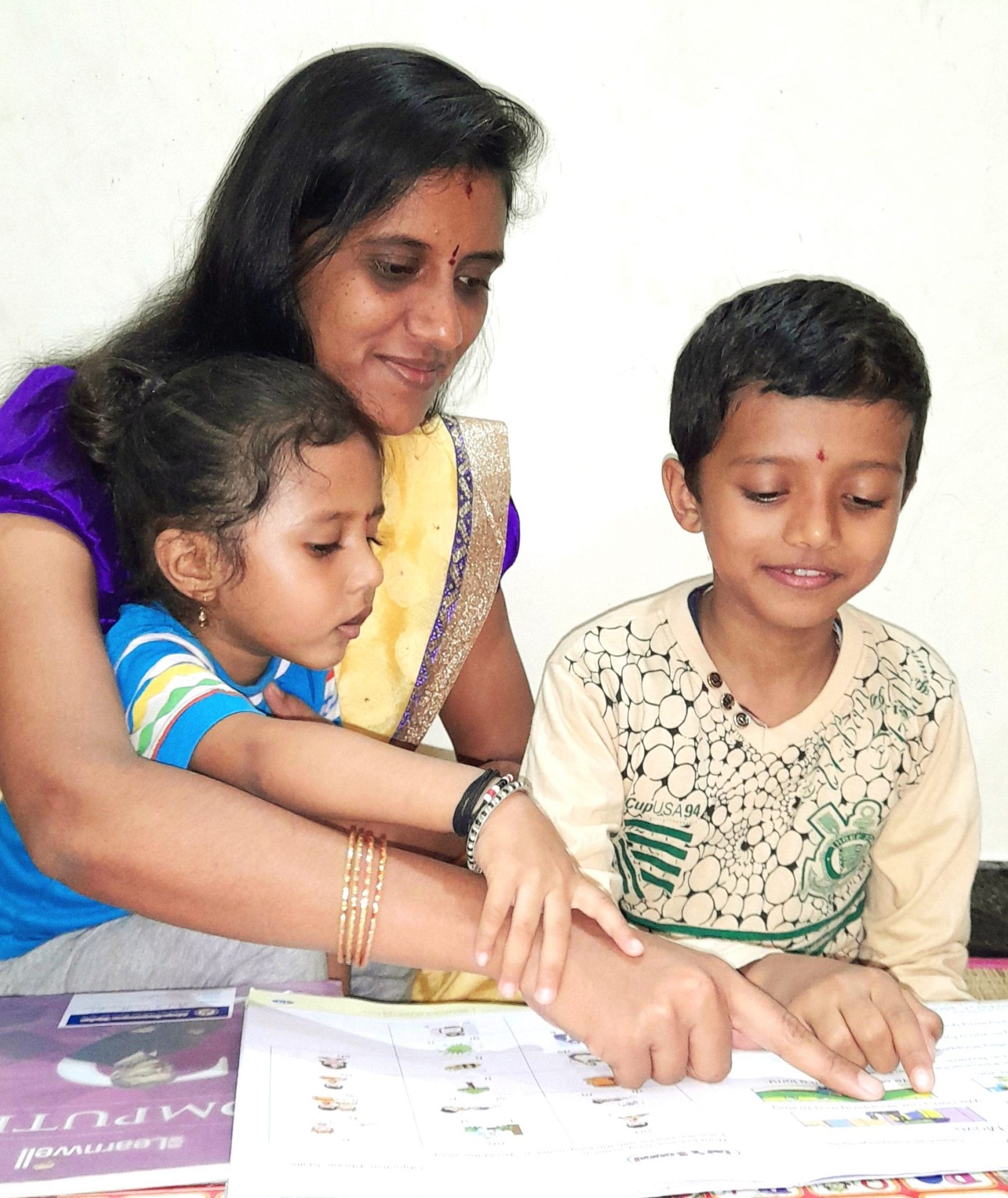 Be cautious, not careless. However, free-range parenting champions emphasise that this style is not a licence to transform into uninvolved, neglectful, careless parents. “As a parent of two children, I am very concerned about their safety. But at the same time, it’s important to provide them opportunities to become self-reliant and explore and experience the challenges of the outside world without parents hovering over them. Yet as a free-range parenting proponent, I am not careless about their safety or uninvolved in their lives. As a parent I also want them to learn about safety precautions they must take in everyday life. So give them responsibilities and freedoms in accordance with their age. It’s important to understand that there is a thin line between free-range and careless parenting,” says R. Poornima, a Bengaluru-based former teacher and mother of two.
Be cautious, not careless. However, free-range parenting champions emphasise that this style is not a licence to transform into uninvolved, neglectful, careless parents. “As a parent of two children, I am very concerned about their safety. But at the same time, it’s important to provide them opportunities to become self-reliant and explore and experience the challenges of the outside world without parents hovering over them. Yet as a free-range parenting proponent, I am not careless about their safety or uninvolved in their lives. As a parent I also want them to learn about safety precautions they must take in everyday life. So give them responsibilities and freedoms in accordance with their age. It’s important to understand that there is a thin line between free-range and careless parenting,” says R. Poornima, a Bengaluru-based former teacher and mother of two.
In the age of the internet and social media awash with disgusting pornography which has given rise to an army of social media predators who target vulnerable teens and children, parental concern for the safety of children is inevitable and necessary. But the outcome of over-protection and anxiety is merely to kick the can down the road to raise timorous adults under-prepared for the thousand natural shocks of adulthood. Therefore, parents need to balance love and affection for their children with encouraging independence to “walk tall and look the world straight in the eye” when they grow to maturity.
Lessons from Japan in child independence
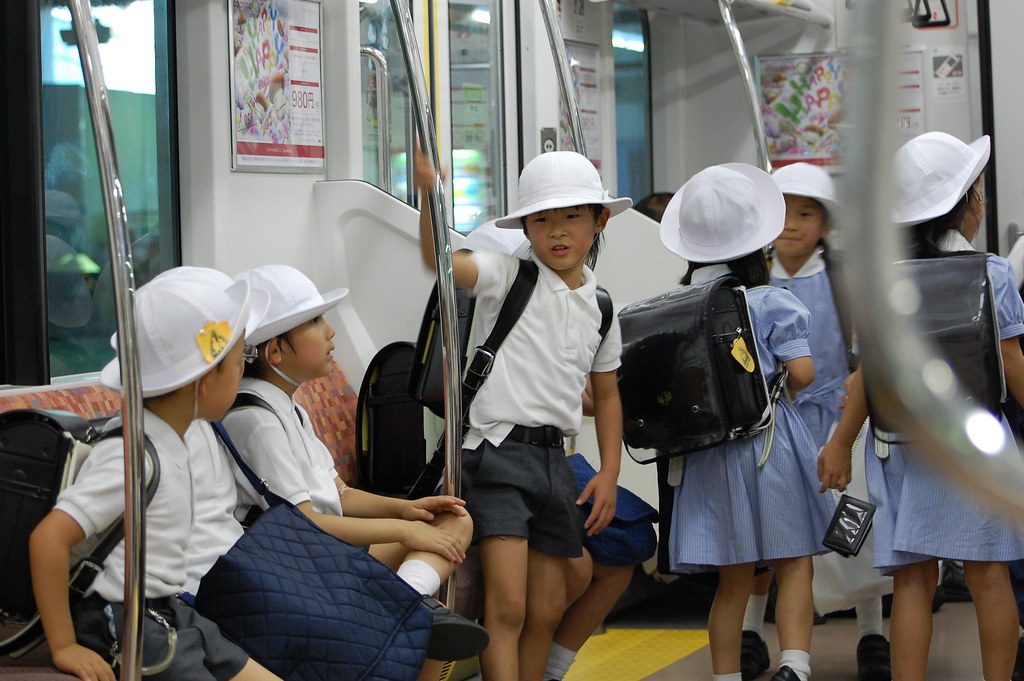 In Japan, it’s a common sight to see school children riding local trains without a parent or guardian. Children as young as five and six take the subway to and from school, and to run errands. “In Japan, children begin travelling to school by themselves from grade one of primary school, when they are about six years old. Kids who attend public schools in the neighbourhood that they live in, walk to school, while those who are enrolled in private schools — often located in distant parts of the city — take the metro or bus, or a combination of the two,” writes journalist Pallavi Aiyar in The Wire (https://thewire.in/culture/behind-independence-among-japanese-kids-lies-a-culture-of-reliance-on-community).
In Japan, it’s a common sight to see school children riding local trains without a parent or guardian. Children as young as five and six take the subway to and from school, and to run errands. “In Japan, children begin travelling to school by themselves from grade one of primary school, when they are about six years old. Kids who attend public schools in the neighbourhood that they live in, walk to school, while those who are enrolled in private schools — often located in distant parts of the city — take the metro or bus, or a combination of the two,” writes journalist Pallavi Aiyar in The Wire (https://thewire.in/culture/behind-independence-among-japanese-kids-lies-a-culture-of-reliance-on-community).
According to Aiyar, training for independence begins when children are in kindergarten, as they witness older siblings going about on their own. “Parents show them how to cross roads safely and point out places where they can go for help if they are ever in trouble,” she writes.
Aiyar attributes this independence of Japanese children to a mix of factors including the country’s low homicide and violent crimes rate, high-quality public infrastructure and trust in its society.
“It is the cultural norm to expect the children to manage by themselves, for which systems are established accordingly,” she writes.
Other Parenting Styles
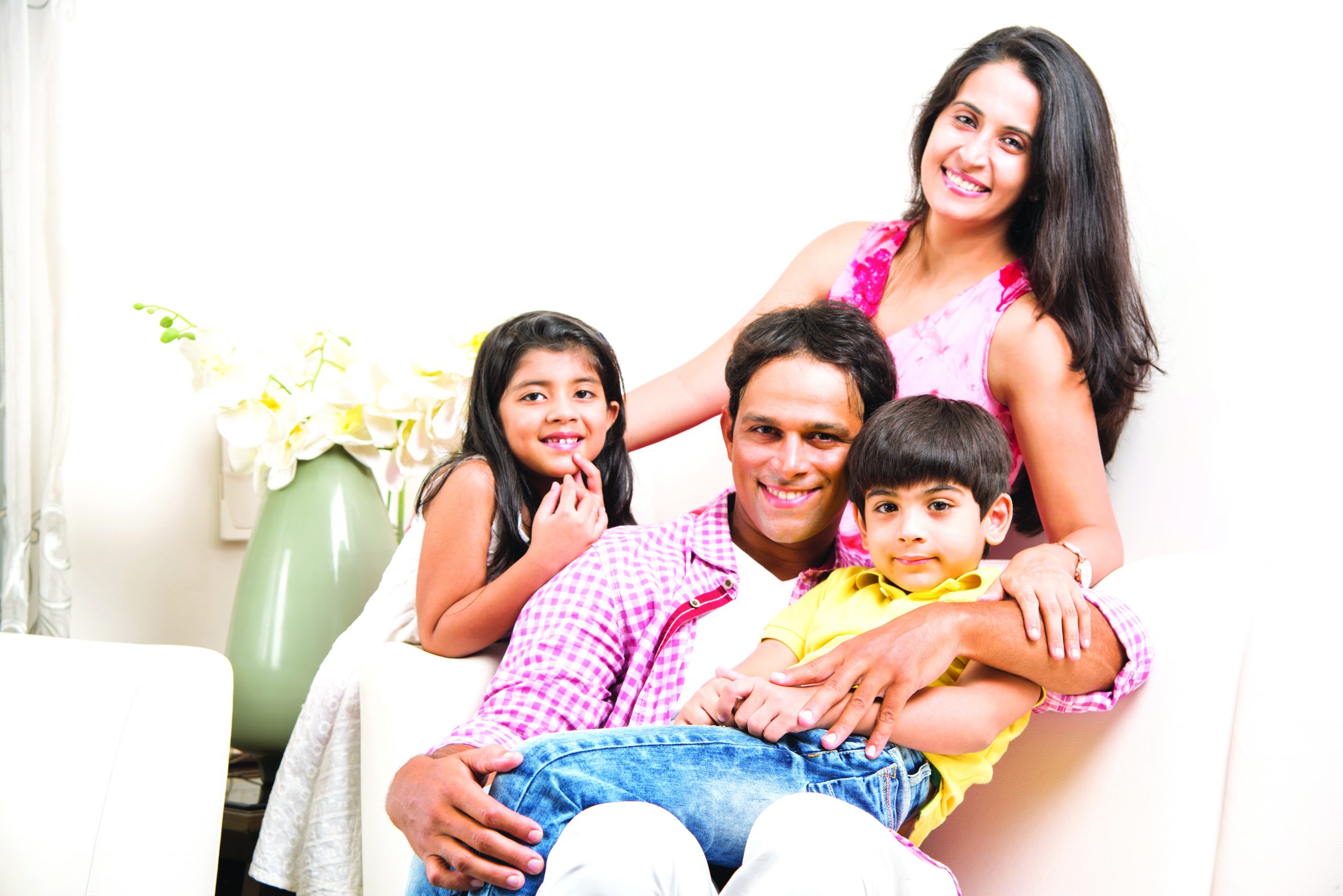 Tiger parents. They expect prompt obedience, excellence in every endeavour and a child who never talks back.
Tiger parents. They expect prompt obedience, excellence in every endeavour and a child who never talks back.
Writer Amy Chua popularised this type of parenting in her book Battle Hymn of the Tiger Mom (2011) describing tiger parents of Chinese families and Asian households who don’t shy away from highlighting children’s weaknesses to make them stronger. They assume they know what’s best for their children.
Raising a child in this way can lead to them being more productive, driven and responsible for academic, sport and other results.
Helicopter parents. These are molly-coddlers who resolve their children’s every problem. They are over-involved in their children’s education and frequently call their teachers and can’t stop hovering over teenagers.
Psychologist Foster Cline and education consultant Jim Fay coined this descriptive in their book Parenting with Love and Logic (1990).
This type of parent is likely to be anxious about their child’s future. They don’t trust their child’s capability to navigate the world. By hovering over their every activity they think they can inoculate their children against failure.
Heli parents are over-protective, which may save their child or adolescent from problems they can’t foresee. However, such over-protected children are likely to lack emotional resilience and independence, which can adversely affect them into adulthood. Heli children are likely to be overwhelmed by complex problems.
Snowplough or bulldozer parents. They push all obstacles out of their children’s way.
This term was coined by former high school teacher David McCullough. In 2015, McCullough published You Are Not Special, a book in which he advises parents to back off and let children fail. Such parents tend to believe their child is exceptional. Or too great to fail.
There’s a plethora of blog posts and media essays devoted to this topic. The advantages and disadvantages are probably similar to helicopter parents. These parents can help children feel safe and secure. But it may also foster a sense of entitlement or narcissism in bulldozer children.
Attachment or gentle parenting. This genre of parents believes that a child’s earliest attachment to caregivers informs all subsequent attachments. This descriptive is based on the work of psychologists John Bowlby and Mary Ainsworth on attachment theory. It suggests that children who develop strong bonds with parents/caregivers in the early years will have happier, healthier relationships as they age. The term was then popularised by a book dubbed the ‘baby bible’ written by the Sears family in 1993.
Children of attachment parents tend to be positive about themselves and their relationships with others as they mature. Attachment parenting is associated with authoritative typology in which parents try to balance high expectations with empathy. It provides a safe haven of love and respect to build children’s relationships in their future lives.
On the downside it’s nearest to permissive parenting. Somewhat contrarily it is associated with over-parenting and some suggest it is a name for mothers who can’t let children go. Some have criticised this style as being anti-women or anti-feminist. These critics say the style conflates women’s role with motherhood, undoing the work of feminism.
(Excerpted and adapted from The Conversation under a Creative Commons license. For full essay by Rebecca English visit https://theconversation.com/from-tiger-to-free-range-parents-what-research-says-about-pros-and-cons-of-popular-parenting-styles-60065)


























